More than 150 experts and practitioners came together in Ethiopia, Ghana, and Tanzania in March and April of 2016 to discuss how to improve gender parity in irrigation. The series of three gender and irrigation workshops implemented under the Feed the Future Innovation Lab for Small-Scale Irrigation (ILSSI) specifically focused on identifying guiding questions that would help policymakers and practitioners to better understand gender dynamics in irrigation. These questions would then form part of a diagnostic for gender equality in irrigation to guide design, development, and management of gender-responsive irrigation schemes in communities.
Three questions emerged across the three workshop locations:
1. What do we mean by gender equality in irrigation?
Is it a 50-50 division of labor between men and women of all tasks related to irrigated agriculture along the value chain? “Probably not,” one participant said, “specialization is ok” – this became a refrain at the Ghana workshop.
Similarly, are “his and her” irrigation technologies necessary for men and women in each household? Workshop presenters emphasized that there are different norms related to using and controlling technologies, sharing resources, and dividing labor. Some technologies can be shared by different users, for multiple uses, but decision-making dynamics over these technologies need to be examined, and these technologies need to be better designed for flexibility across these uses.
How did participants envision gender equality in irrigation?
Responses crystallized around equality of opportunity and agency to do what people value. Other key indicators include:
- More equitable time use by household members
- Control over the benefits of irrigation
- Meaningful participation in decision-making at household to community levels
- An equal playing field for adoption of the technologies, with the overall acknowledgment that each aspect is context-specific and should be community-led
2. What gender norms around water can or should be changed?
While gender roles are dynamic and can change over time, participants pointed out that there is often an internal logic to community “myths” related to gender and water. One example that was raised in Tanzania was a prohibition of women going to the source of irrigation water. The background for this norm is that men swim in the source to open or close the flood gates – and do so with no clothes. Projects aiming to influence gender dynamics should consider how people perceive the risks and potential benefits of shifting these traditional roles.
Participants in the workshops also shared experiences on “household methodologies”- other ways of engaging with community members in order to raise awareness about gender norms, especially women’s workloads relative to those of men. They cited that it was important to recognize women’s contributions, as a necessary precursor to encouraging shifts in roles.
3. Is the design of “women-friendly” technologies sufficient?
In all three workshops, participants were eager to define “women-friendly” technologies: culturally appropriate, easy to use and maintain, time-saving, affordable and designed for multiple uses of water. But even the technologies that women are most interested in buying will need marketing strategies that address gendered access to information, finance, land, labor, and markets. Technology adoption is not only about how well-suited the technology is to a user’s needs, but also about overcoming the constraints to learning about, investing in, and using the technology, which are gendered processes.
Furthermore, the use of technology for different irrigation practices, water availability, and access scenarios carry different gender implications. One case study pointed out how private household wells are not subject to the same gendered constraints as shared resources like irrigation canals or small reservoirs. While the allocation of water from private wells is still influenced by power dynamics within the household, women face particular challenges accessing and controlling collective resources. Women’s meaningful participation in community-level decision-making is often constrained by time availability, mobility, and social norms around speaking in public and in front of men. Several organizations shared their work developing new governance systems that more effectively represent women in collective resource decisions, through eliminating discriminatory membership criteria, creating nested sub-committees, cultivating leaders that serve as allies for women, and reforming by-laws that include quotas on women’s participation.
Irrigation engineers in the workshops said they were inspired to go beyond seeing irrigation as strictly an engineering problem and to factor in social dynamics and equity considerations. The checklist on gender equity in irrigation will help trace the gender dynamics that affect and are affected by irrigation projects, and consider the intersection of gender with other aspects of social identity like wealth, social status and ethnicity.
The checklist provides a series of questions organized by several broad themes, since gender equity varies between contexts and requires an inquisitive rather than a prescriptive approach. The three questions shared here represent common assumptions held in each workshop that should be probed and challenged by asking further questions to gather more information. We hope that as the checklist questions are used to inform policy processes, gender mainstreaming guidelines, irrigation projects and technologies, that we will soon be able to start sharing, reviewing, and analyzing more evidence on gender equity in irrigation supporting enhanced livelihoods and more productive farming systems in Africa.
Those interested in gender equality and irrigation may also wish to take a look at Feed the Future's notes on the topic.



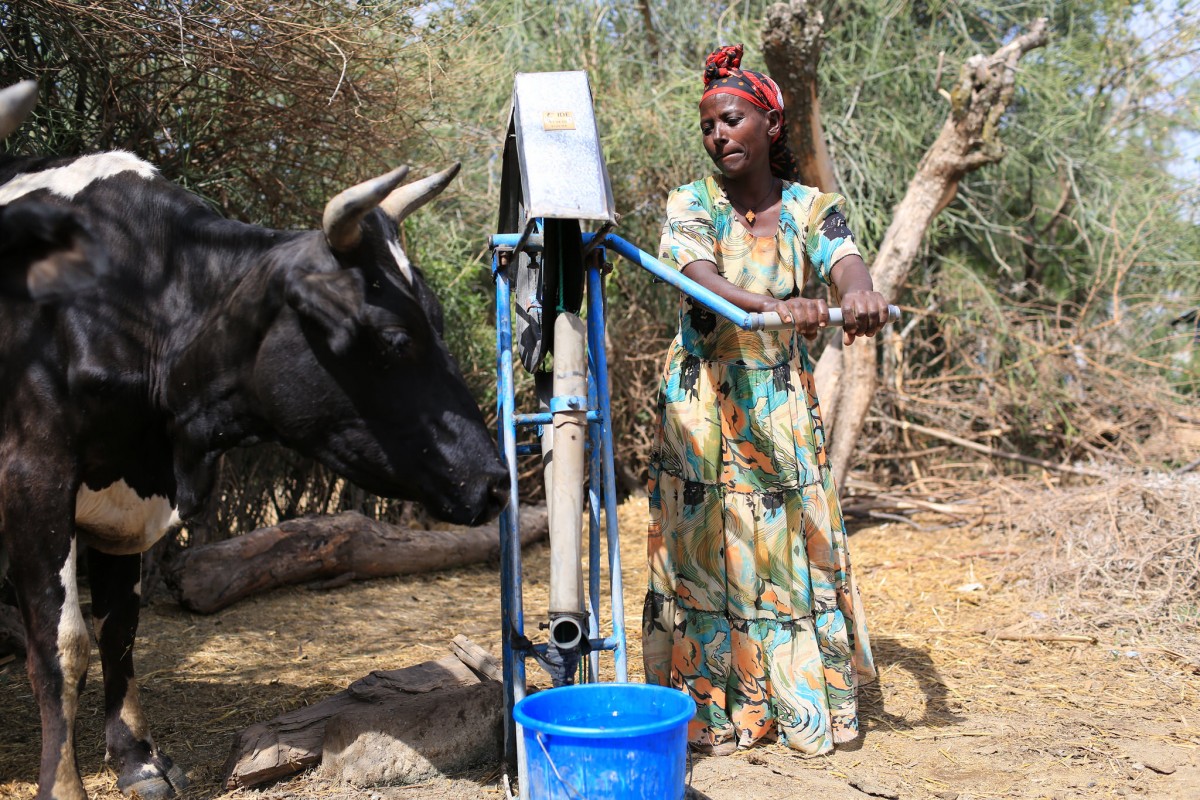
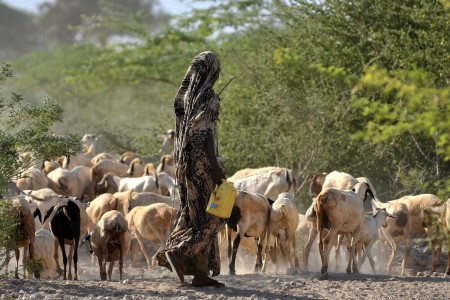



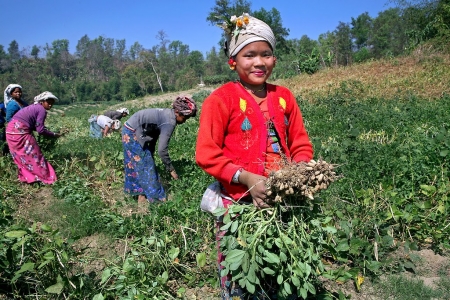



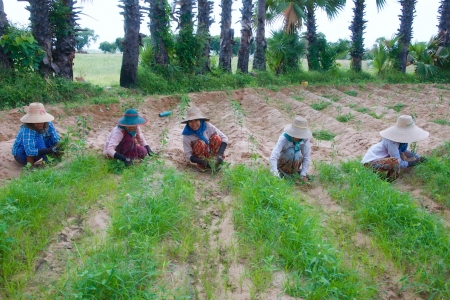
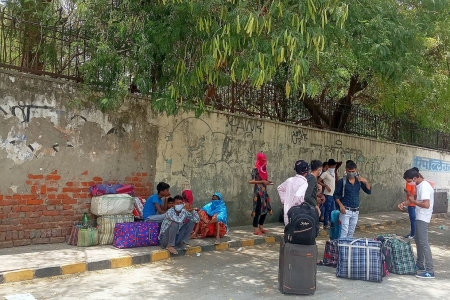




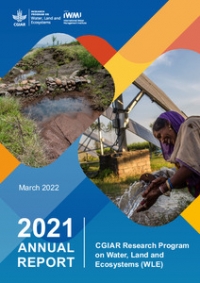
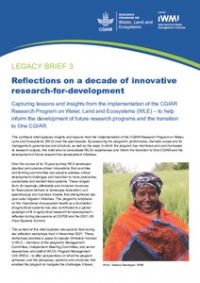
Add new comment